
Somalia: “Horn of Africa: Current Conditions and US Policy”
Introduction
Congressman Payne, sub-committee chairman, and Congressman Smith, ranking member, I thank you both for the opportunity to share my assessment of the situation in the Horn of Africa and its implications for US policy.
I would like to focus my remarks primarily on the crisis in Somalia, which at present is the most worrisome of the region’s many troubles. My remarks will mainly address challenges of state-building and the Transitional Federal Government, and will only make brief reference to other urgent policy issues in Somalia related to the humanitarian crisis and security threats. I would like to underscore at the outset that Somalia’s crisis is very much a part of a regional conflict complex. US policies aimed at resolving the Somali crisis must be based on a regional strategy or they will not succeed.
This hearing is very timely, because we are standing at a crossroads on Somalia. The humanitarian, political, and security crises there are worsening by the day; the international community’s policies have not worked and in fact have made things worse; and deep frustration has grown in the US government and in other capitals around the world. The moment is ripe for a policy shift. But this can only happen if a reasonable policy alternative can be articulated.
To its credit, the Obama administration has been engaged in a lengthy process of policy review on Somalia. One of the main reasons US policy on Somalia has not shifted much over the past year is because the country presents us with such poor options. We have been left supporting the Transitional Federal Government (TFG) in Somalia not because it had great promise but because it was the best of bad options. Many of us embraced this logic despite the TFG’s deep flaws and poor early performance, in the hopes that the “Djibouti process” of dialogue and inclusion since 2008 would earn the TFG more legitimacy and effectiveness and help Somalia end its twenty year crisis of state collapse.
But the TFG is now clearly just a bad option, and its failures very costly to Somalis, the region, and the world. Unconditional support of the TFG has served as a poor substitute for a coherent strategy toward the broader Somali crisis, and has reinforced and rewarded the exceptionally bad performance of TFG leaders.
Continued external efforts to breathe life into the moribund TFG have also had the unintended but very real effect of prolonging political conditions within which a radical Islamist insurgency has thrived. Past US and UN policy of unconditional support to the TFG has thus actively undermined our own long-term security interests.
The failure of the TFG
The cornerstone of our strategy in Somalia has been strengthening of the Transitional Federal Government (TFG). Instead of serving as a cornerstone, it has been the weak link.
Six years into its initial five year transition, the TFG has utterly failed across the entire range of tasks it assumed in late 2004. It has failed to establish itself as a minimally functional government, advance key transitional tasks, broaden itself as a unity government, and extend its authority beyond a few neighborhoods of Mogadishu protected by African Union peacekeepers. It has done nothing to improve the security of its citizens or provide them access to basic services. It has not improved conditions for the private sector. It has not facilitated the flow and planning of international development aid and humanitarian assistance. And it has not proven to be a useful partner for external states seeking to monitor and reduce the security threats emanating from Somalia.
Instead, the TFG remains a government on paper only. Most of its officials reside outside the country for security reasons. The parliament has difficulty mustering a quorum. Ministries are non-functioning collections of a few individuals of varying commitment to the government. The security forces operate as autonomous armed groups, virtually indistinguishable from the clan militias from which they originated. Corruption has been rampant, with tens of millions of foreign aid dollars and seaport customs disappearing into private pockets. The cabinet has been wracked by factional infighting. The composition of the government has been in a state of constant turmoil. Confidence in the viability of the TFG was never high, but the hopes that were raised in early 2009, when a new government was formed, have vanished.
If the TFG were merely incompetent, a strong case could be made that the international community must simply redouble its efforts to build the government’s capacity and accountability for however long it takes to make it succeed. But the TFG’s poor performance, and sustained external support to the TFG, have been anything but harmless. They have been actively detrimental to the objectives of reducing extremism and lawlessness in the country, and have helped to fuel the very violent extremism US and UN policies are intended to erode. Most of the thousands of security forces that external states have trained and armed for the TFG have deserted or defected to al shabaab, the al Qa’ida affiliated Islamist insurgency in Somalia. The uncontrolled, predatory behavior of the TFG’s police force against the civilian population has driven some Somalis to support shabaab out of fear and anger. The corruption and extortion TFG officials have engaged in have deeply alienated the Somali business community, a potentially important source of political moderation and pragmatism in the country. Unconditional Western and UN support of the TFG in 2007 and 2008 stoked fierce anti-Americanism and anti-UN sentiments in the country. Donor pressure on aid agencies to support stabilization efforts and the TFG despite the fact that the government was a party to a war eroded the neutrality of the UN’s specialized agencies and Western aid agencies in the eyes of many Somalis. TFG policies designed to block and divert food relief in 2007-2008 actively undercut international humanitarian objectives in the country as well. And the African Union (AMISOM) peacekeepers tasked with protecting the TFG have inflamed the crisis by returning heavy fire into densely populated neighborhoods, leading to civilian casualties and stoking still more public Somali anger at external actors.
Perhaps most damaging has been the fact that the TFG was so closely linked to and dependent on the Ethiopian military occupation in 2007 and 2008. That occupation sparked a highly destructive insurgency and counter-insurgency which damaged much of Mogadishu and turned 700,000 residents into internally displaced persons. The TFG was seen as actively culpable in this catastrophe, and was indelibly tarnished in the eyes of many Somalis as an illegitimate government and a puppet of Ethiopia. Shabaab easily exploited public anger at the TFG, conflating its radical jihadist ideology with Somali nationalism, anti-Ethiopian and anti-Western sentiment. The two year Ethiopian military occupation which some believed would cleanse Somalia of Islamic radicals did much to radicalize a much broader portion of the Somali population and legitimize the shabaab.
Somalia is a far greater security threat to its neighbors and the US today than it was in 2004, and the TFG has played an important role in this disastrous development. Thanks in part to the TFG’s dismal performance, shabaab has consolidated control over most of south-central Somalia and most of the capital city. Shabaab is not an especially strong militia and struggles with numerous internal divisions. It is deeply unpopular with most Somalis, who loathe its extremism, its links to al Qa’ida, and the role foreign jihadists play in the movement. But the TFG has failed to exploit these weaknesses. Shabaab remains the strongest military force in south-central Somalia because it is the only team on the playing field. Somalis are aligning themselves with shabaab not because they like what it stands for – far from it – but as a matter of political survival.
The fundamental problem with the TFG is that its leadership is not committed to actually governing. Were this a case of a weak government being “willing but not able” to govern, standard capacity-building assistance would be effective. But when a government is neither willing nor able – when its top figures view the TFG as a short-term moneymaking venture – viable options involving state-building are very limited.
The central problem for the international community in Somalia is this: what we see as threats and crises -- humanitarian emergencies, state collapse, armed conflict, piracy, and Islamic extremism -- the Somali political elite views as opportunity. They are enthusiastic supporters of state-building, counter-terrorism, anti-piracy initiatives, and humanitarian response, but only as projects, not as outcomes. When counter-terrorism, state-building, and humanitarian relief constitute three of the most lucrative enterprises in Somalia, what rational political leader would want to solve the crises attracting these interventions?
Trends and scenarios
Though all agree that the current crisis in Somalia is untenable, a case can be made that the situation could continue for years. While the current situation is not ideal for anyone, it is a minimally acceptable outcome for many key actors. For the TFG, presiding over a
paper government has proven to be lucrative. For shabaab, prolonged stand-off allows it to mobilize for jihad indefinitely, allows it to continue to collect revenues from the vast territory it controls, and enables it to avoid making difficult and divisive decisions it would face were it to assume control over a government. For some external actors, the current situation is bad but constitutes a “devil we know” rather than the devil we don’t. No Western government wants to be linked to a policy which culminates in the formal collapse of the TFG, opening them up to charges that they “lost” Somalia to an al Qa’ida affiliate. The political preference is thus to continue to prop up the TFG.
On the other hand, a number of “game changers” could lead to major changes in Somalia. One would be a shabaab terrorist attack in a neighboring state or in the US. To date, shabaab has threatened to launch terrorist attacks outside Somalia but has not done so. In my view, they have been constrained from doing so by the fact that Somalia is entirely dependent on remittances sent back to the country by the one to two million Somalis living and working abroad. Any Shabaab action that would place the Somali diaspora and its remittances in jeopardy would be political suicide for shabaab. Shabaab would likely face sharp reactions from every Somali clan and business interest. It would also likely trigger robust external military action inside Somalia. Still, it is very possible that at some point a shabaab cell could opt to launch a terrorist attack in Kenya or elsewhere. Should that occur, the US should be prepared to use every carrot and stick at its disposal to encourage Somali interests to go after shabaab rather than to attack the group directly. Shabaab ultimately needs to be solved by Somalis.
A second game-changer would be a withdrawal of AMISOM troops. The TFG would be in no position to protect itself and would flee the country leaving Mogadishu in the hands of shabaab. This would likely be followed by armed conflict within the Islamists.
A final game changer would be a major policy shift by the US and its allies. This is the preferable route, as it is the only option which allows the US to shape rather than simply react to events in the country.
Policy options
We face poor choices and high risks in Somalia no matter what we do. We also consider policy options in Somalia humbled by the fact that almost every foreign policy initiative in Somalia over the past twenty years has produced the exact opposite result than what was intended.
Though the TFG is a failure, most observers concur that it would be counter-productive at this time to decertify and abandon it entirely. There are a variety of reasons why the transitional government needs to be kept alive at least as a “shell” which at a future date can be inhabited by a more effective administration. But the TFG should no longer enjoy a monopoly on external support. It should be treated as a transitional authority, focused mainly on advancing key transitional tasks, not mimicking a full-fledged government. The US and other donor states should actively pursue a policy of diversification in Somalia, working pragmatically with whatever local authorities they identify on the ground who are relatively legitimate, powerful, and accountable to their communities. In some cases this means expanding support to existing regional polities. But this must not be reduced to a search to find and shore up regional states; that approach is very likely to produce war, not peace, in much of southern Somalia. Instead, the international community must be open to engaging whatever authorities they find. Most location specific authority in Somalia is actually found at the municipal level. Many towns across Somalia have pulled together basic administrations that bring clans together over functional cooperation and are supported by business interests. By diversifying our points of contact with Somali authorities, we can reward and incentivize strong performance in governance. This approach could include considering greater levels of engagement with Somaliland short of outright recognition. It could also consider temporary relocation of the transitional authority to a new temporary location in a more peaceful part of the country.
The US must support the continued presence of AMISOM forces in Mogadishu for the time being, in order to maintain a protected zone around the airport and seaport that prevents Somali armed clashes over these valuable resources and to provide Somalis and the international community with a relatively safe zone for future meetings.
The US and its allies are justifiably and deeply concerned about the worsening security threat posed by shabaab and the growing Al Qa’ida presence in the country. This short presentation is not in a position to elaborate in detail on our most effective counterterrorism strategies. But it can flag a few core principles and concerns. First, we need to be very careful about how we partner with local militias and government security forces in pursuit of counter-terrorism goals. The leaders of these security forces have their own interests that may or may not coincide with ours, and their uncontrolled militia can easily fuel anti-American public sentiments. Second, we must exploit the fact that shabaab is composed of very disparate groups with varying levels of commitment to the cause. Many, perhaps most of the group can and must be weaned away from the movement as part of an enduring solution in Somalia. It cannot be defeated under current circumstances, but if weakened by defections the hard core remnant of the group can be contained if not defeated outright. But defections will only occur when a viable alternative emerges in Somalia, and if the US government is flexible and pragmatic enough to engage parts of shabaab in quiet dialogue. Unless and until the TFG or a successor body provides Somalis with real hope in an alternative to shabaab, most
Somalis will understandably acquiesce to shabaab rule and avoid the risks associated with opposition to this extremist group.
Finally, to refer back to the point I started my remarks with, the Somali crisis is very much part of broader regional conflict complex. US policies which help resolve the ongoing Ethiopian-Eritrean impasse, and which encourage rapprochement between the Ethiopian government and the Ogaden National Liberation Front, would go a long way to creating a more conducive regional environment in which to successfully address the Somali crisis. In the long run, peace in both Somalia and the Horn will require recognition by all actors in the region that they cannot threaten the security of their neighbors, nor can they pursue their security interests at the expense of their neighbors.
www.keydmedia.net
Leave a comment
| Copyright © 2009 - 2024 Sunatimes News Agency All Rights Reserved. |
| Home | About Us | Diinta | Reports | Latest News | Featured Items | Articles | Suna Radio | Suna TV | Contact Us |
 0
0 
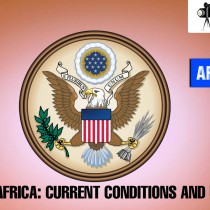


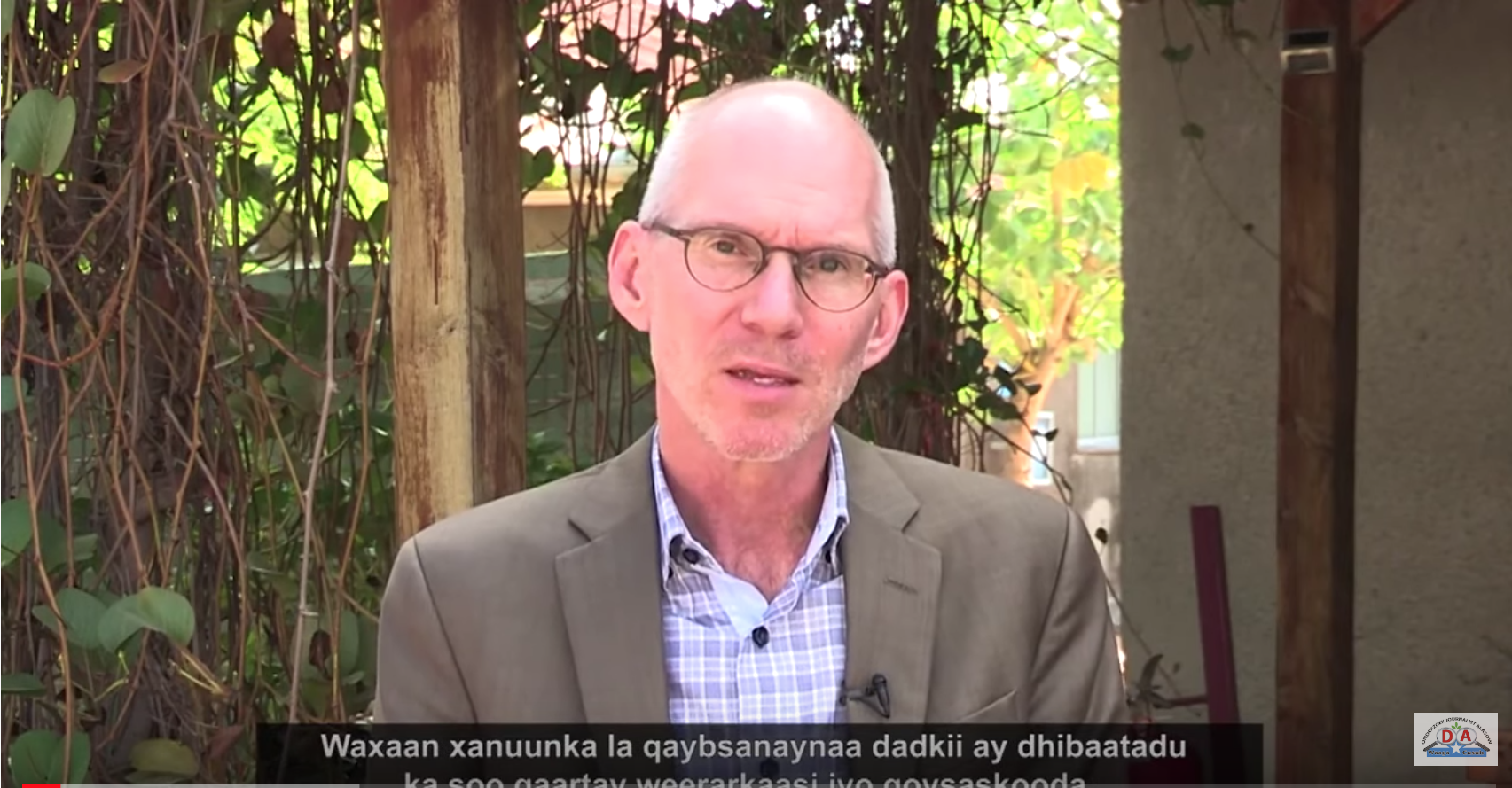
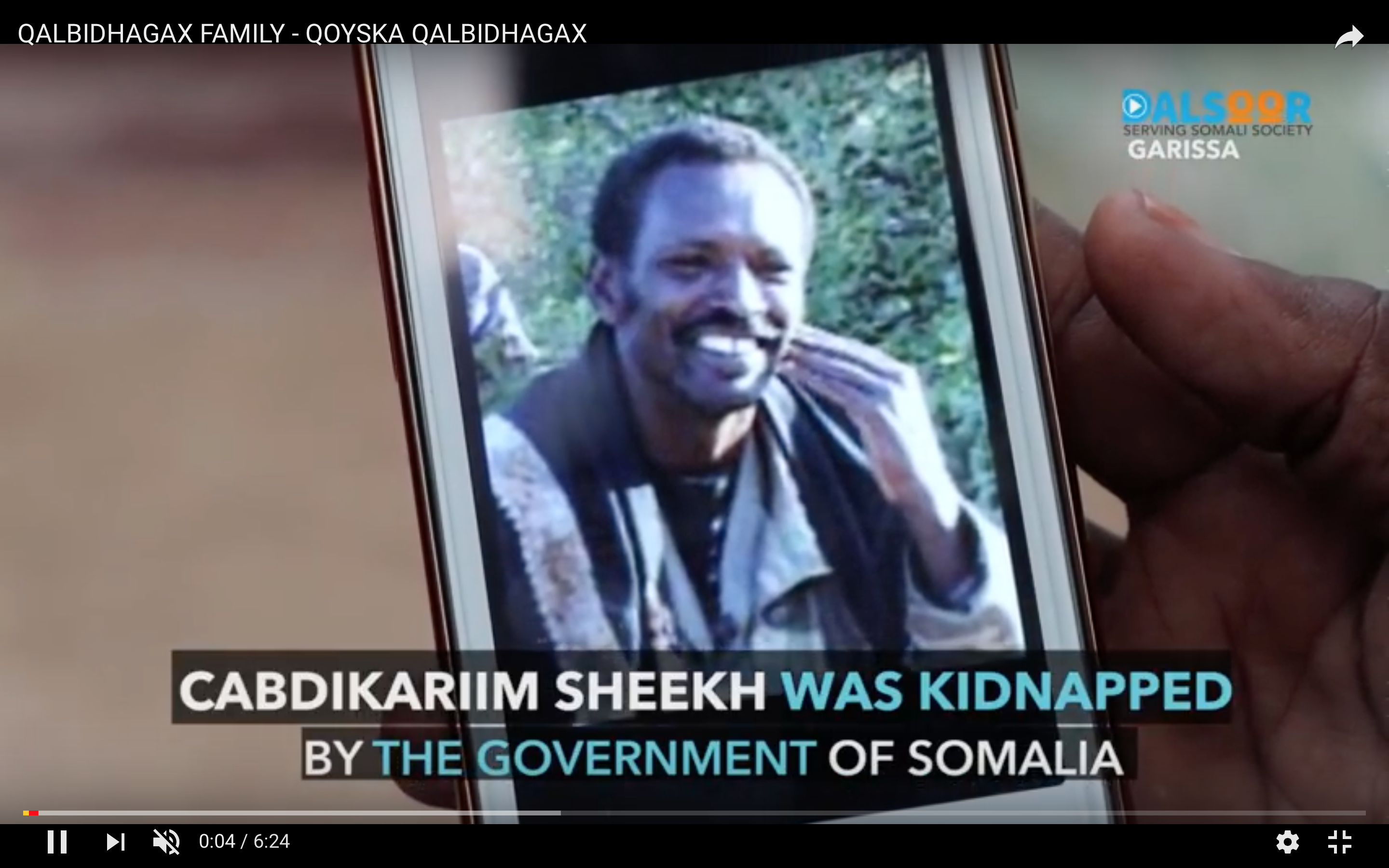
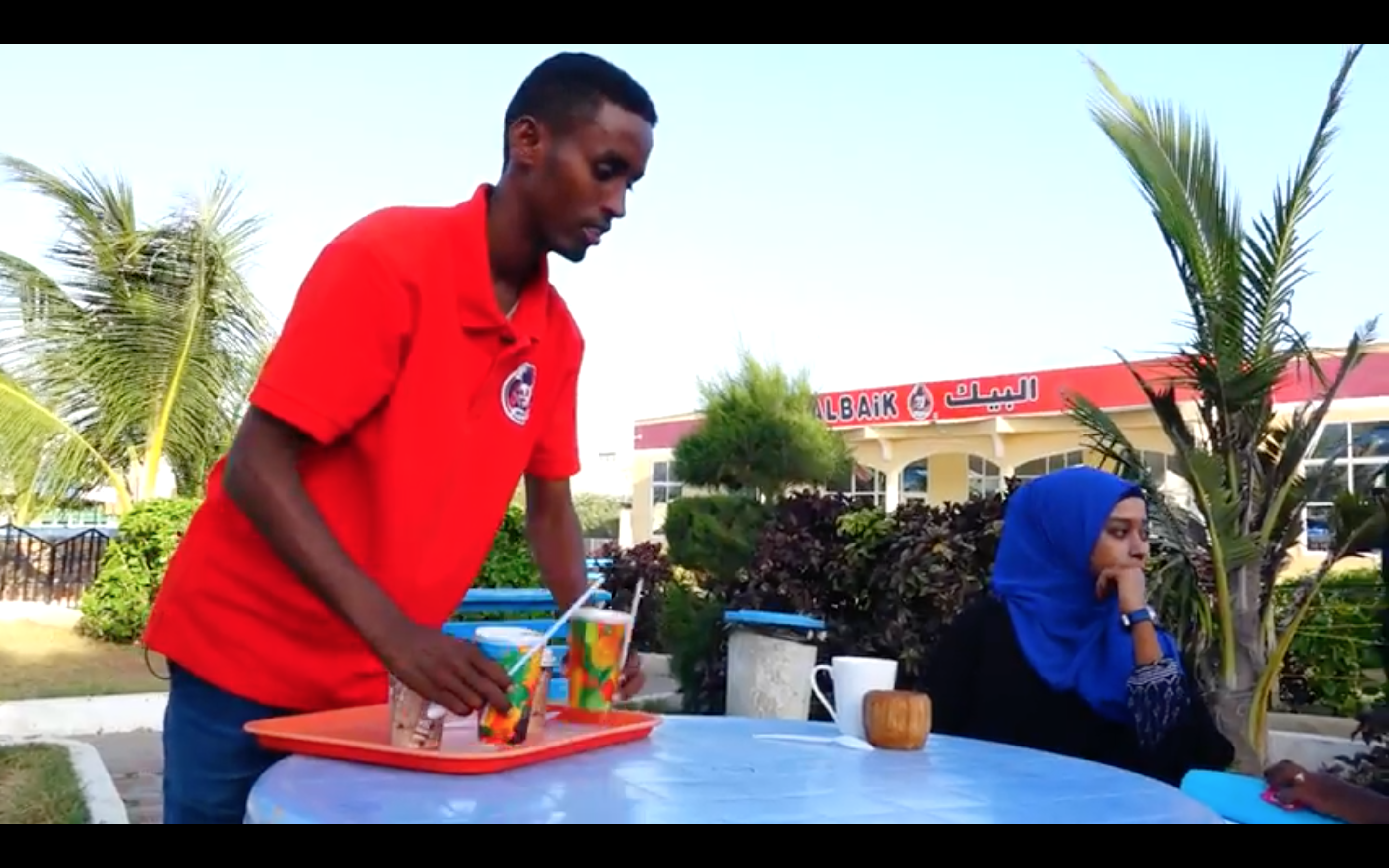
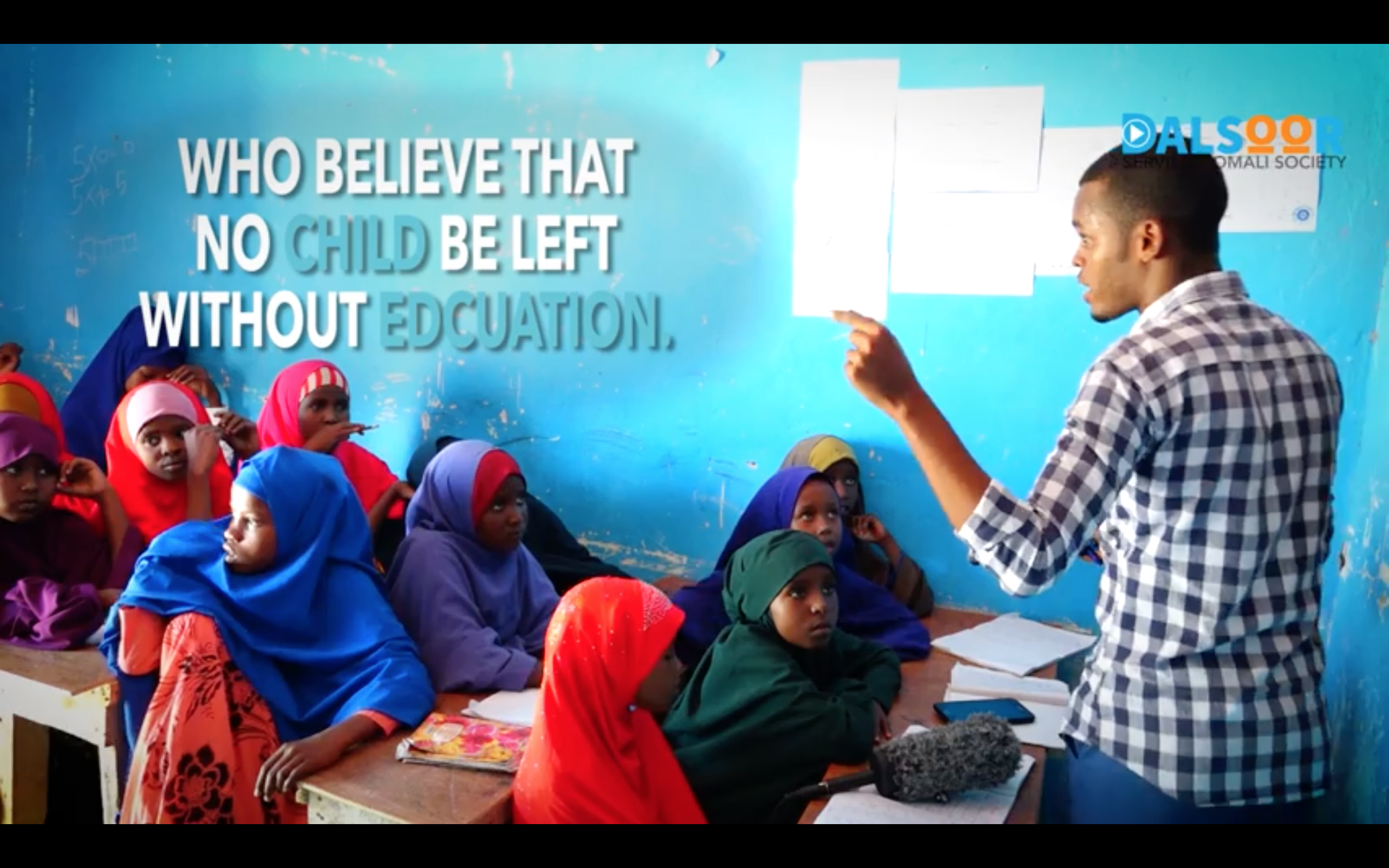
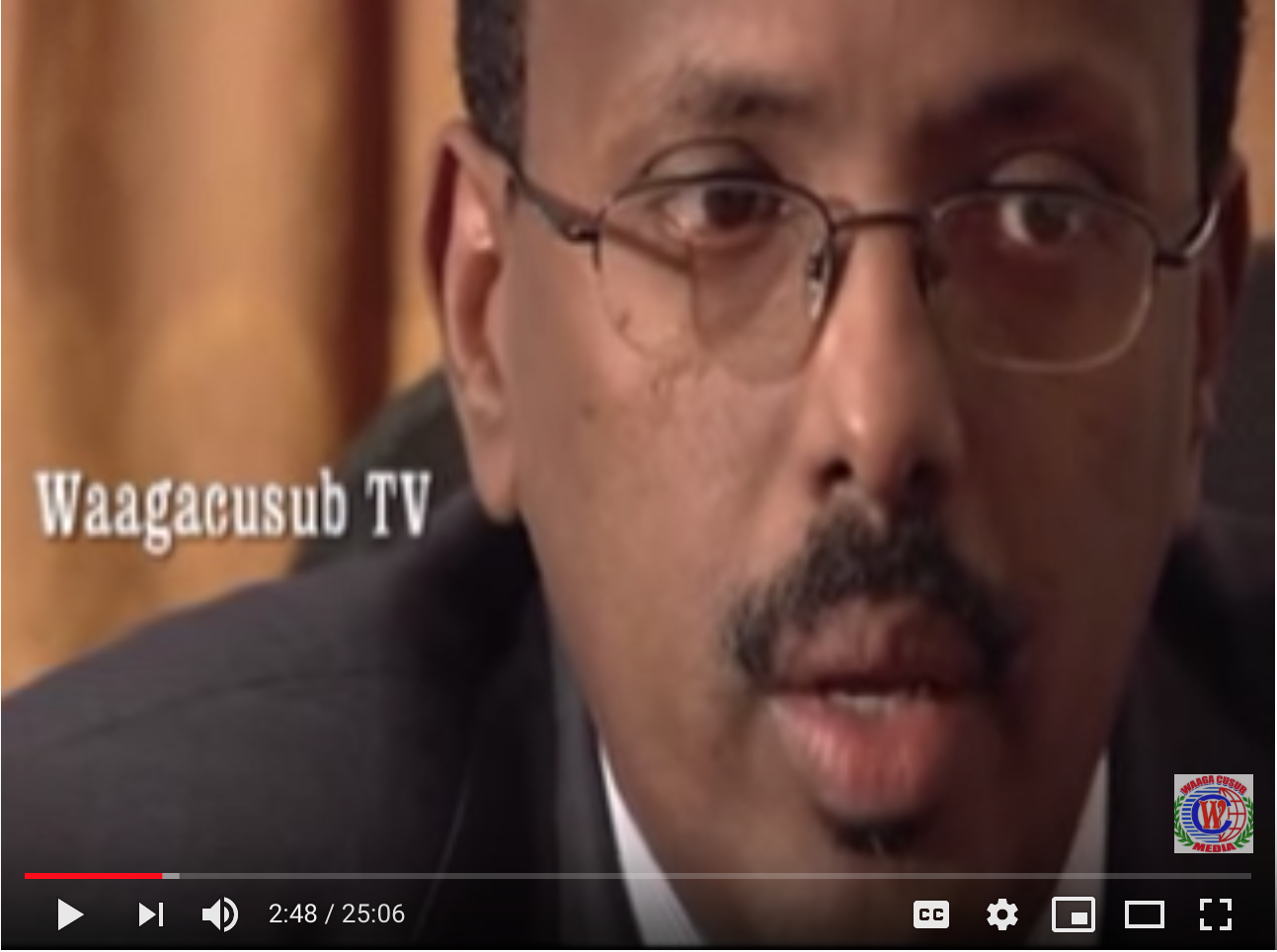

Somalia: “Horn of Africa: Current Conditions and US Policy”
Hearing before the House Committee on Foreign Affairs, Subcommittee on Africa and Global Health, June 17, 2010 Testimony by Ken Menkhaus Professor, Political Science Davidson College Davidson, North Carolin